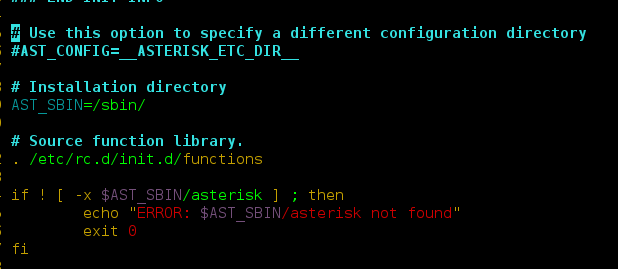Pandas series is a One-dimensional ndarray with axis labels. The labels need not be unique but must be a hashable type. The object supports both integer- and label-based indexing and provides a host of methods for performing operations involving the index.
Pandas Series.corr() function compute the correlation with other Series, excluding missing values.
Syntax: Series.corr(other, method=’pearson’, min_periods=None)
Parameter :
other : Series
method : {‘pearson’, ‘kendall’, ‘spearman’} or callable
min_periods : Minimum number of observations needed to have a valid resultReturns : correlation : float
Example #1: Use Series.corr() function to find the correlation of the given series object with the other.
# importing pandas as pd import pandas as pd # Creating the first Series sr1 = pd.Series([80, 25, 3, 25, 24, 6]) # Creating the second Series sr2 = pd.Series([34, 5, 13, 32, 4, 15]) # Create the Index index_ = ['Coca Cola', 'Sprite', 'Coke', 'Fanta', 'Dew', 'ThumbsUp'] # set the first index sr1.index = index_ # set the second index sr2.index = index_ # Print the first series print(sr1) # Print the second series print(sr2) |
Output :


Now we will use Series.corr() function to find the correlation between the underlying data of the given series object with the others.
# find the correlation result = sr1.corr(sr2) # Print the result print(result) |
Output :

As we can see in the output, the Series.corr() function has successfully returned the correlation between the underlying data of the given series objects.
Example #2 : Use Series.corr() function to find the correlation of the given series object with the other. The series object contains some missing values.
# importing pandas as pd import pandas as pd # Creating the first Series sr1 = pd.Series([51, 10, 24, 18, None, 84, 12, 10, 5, 24, 2]) # Creating the second Series sr2 = pd.Series([11, 21, 8, 18, 65, 18, 32, 10, 5, 32, None]) # Create the Index index_ = pd.date_range('2010-10-09', periods = 11, freq ='M') # set the first index sr1.index = index_ # set the second index sr2.index = index_ # Print the first series print(sr1) # Print the second series print(sr2) |
Output :


Now we will use Series.corr() function to find the correlation between the underlying data of the given series object with the others.
# find the correlation result = sr1.corr(sr2) # Print the result print(result) |
Output :

As we can see in the output, the Series.corr() function has successfully returned the correlation between the underlying data of the given series objects. Missing values are skipped while calculating the correlation between the objects.




